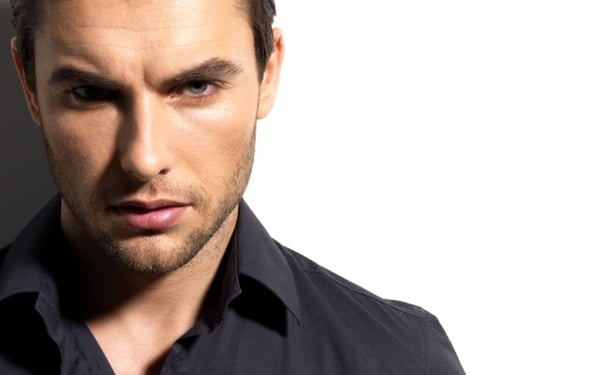What are FotoFacial/IPL Treatments?
IPL, or intense pulsed light, is a form of FotoFacial used to treat the skin of the face in order to reduce fine lines and wrinkles, sun damage, pigmentation problems, overly large pores, and scarring due to acne. This is a form of photorejuvenation which requires no ablation but causes the blood vessels just beneath the top layer of skin to shrink.
How do FotoFacial/IPL Treatments work?
The FotoFacial work is done using a special tool which pulses concentrated light into the deeper layers of skin, leaving the top layer, the epidermis, completely unaffected. This energy is absorbed only by the discolored melanin in the problem areas. Three different types of IPL are used for FotoFacial procedures, and each pinpoints different problems with the complexion. Patients who have spider veins, broken capillaries, or other vascular discolorations are treated with the PhotoDerm VL. Those wishing to eliminate dark brown age spots or other pigmentation problems are treated with PhotoDerm PL. The best treatment for patients wishing to remove the peach fuzz on their faces is treatment with Photoderm HR and Epilight.
What areas of the body are appropriate for FotoFacial/IPL Treatments?
FotoFacial/IPL Treatments may be done on the face, neck, and chest areas to reduce the signs of aging. This procedure does not eliminate deep wrinkles, frown lines, pitting, or deeper scars.
What are the advantages of FotoFacial/IPL Treatments over other treatments?
Because FotoFacial/IPL Treatments affect the dermis rather than the epidermis, recovery time is much shorter than that which laser resurfacing or dermabrasion requires. No anesthetic is required for the use of IPL, and it takes less than an hour to complete. This allows patients to have the procedure done during the day, apply light makeup to cover the redness, and return to work.
Who is a candidate for FotoFacial/IPL Treatments?
The ideal candidate for FotoFacial/IPL Treatments is a nonsmoker with healthy blood vessels and no bleeding disorders. Patients should not be on any anticoagulants or other medicines which thin the blood. Acne patients using acutane are not suitable candidates for IPL Treatments, and pregnant women should also avoid them. This treatment works best for men and women with light complexions and should not be used on anyone who has sunburn.
How are FotoFacial/IPL Treatments performed?
Some providers use a topical anesthetic rubbed into the skin; others do not. Then, using a handheld applicator, the clinician moves it across the damaged areas to heat the vessel walls. The blood within the vessel dries up, causing the vessel walls to collapse. Once the blood supply is closed off in this manner, the damaged blood vessels disintegrate and are absorbed by the body.
What is the recovery like?
FotoFacial/IPL Treatments do not incapacitate the patient in any way. Although the face may be slightly red immediately following treatment, patients can return to normal schedules. Sometimes slight bruising or a little swelling occurs, but this should disappear before the end of the day.
What will the results be like?
Following a FotoFacial with intense pulsed light, the patient’s face will be hair free and smooth. Irregularities in skin tone caused by spider veins, sun damage, and pigmentation disorders will be significantly improved by the treatment. The skin will also be more supple, and wrinkles will be less noticeable. To completely finish the FotoFacial and get optimum results, patients need from two to six sessions about a month apart.
What are the risks?
FotoFacial/IPL has no known side effects other than changes in pigmentation. This is the reason it is not typically recommended for those of African American descent or other people with dark skin.
Is the procedure approved for use in the U.S.?
This procedure has been approved for use by certified technicians or doctors in the U.S. Each state regulates which clinics can provide this treatment.
Is the procedure covered by insurance companies?
Like other cosmetic procedures, FotoFacial/IPL Treatments, which can cost between two hundred to four hundred dollars per procedure, are not covered by medical insurance.
Disclaimer: This information is intended only as an introduction to this procedure. This information should not be used to determine whether you will have the procedure performed nor does it guarantee results of your elective surgery. Further details regarding surgical standards and procedures should be discussed with your physician.
By SkinCareGuide.com Staff
Updated: November 24, 2009



